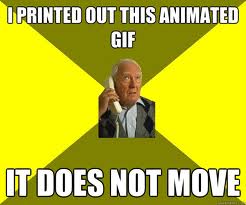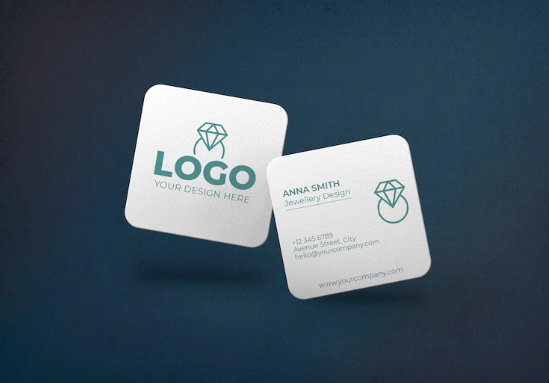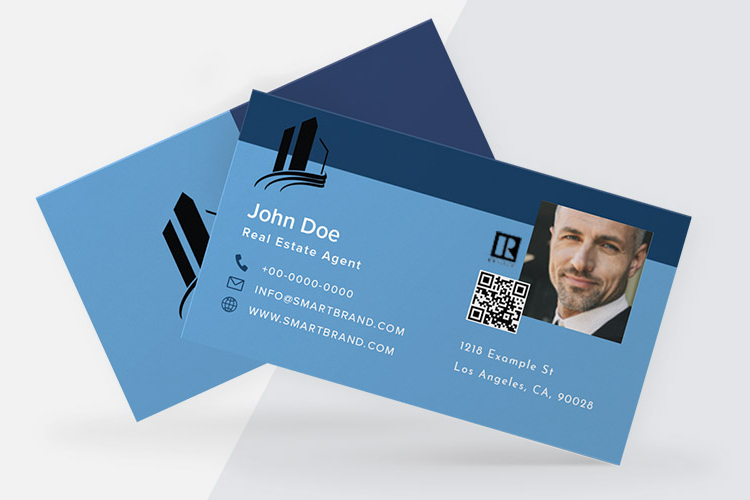When I grow up, I want to be… full of patience!
[caption id="attachment_5015" align="alignleft" width="246"] Seriously?[/caption] Remember that time in High School when you were trying to decide what your future would be like? Whatever your dream occupation was , you probably hoped to be amazing at it and make a difference. You know what you’re able to do and are willing to work for it. But for whatever reason, there’s no ‘Clients from Hell 101’ class included in education programs. Which means that you will have to deal with them with your own resources. Don’t despair though! We collected 5 real clients from hell stories to let you know you are not alone and how to deal, in this fight that is pretty much daily in any service-industry!
Seriously?[/caption] Remember that time in High School when you were trying to decide what your future would be like? Whatever your dream occupation was , you probably hoped to be amazing at it and make a difference. You know what you’re able to do and are willing to work for it. But for whatever reason, there’s no ‘Clients from Hell 101’ class included in education programs. Which means that you will have to deal with them with your own resources. Don’t despair though! We collected 5 real clients from hell stories to let you know you are not alone and how to deal, in this fight that is pretty much daily in any service-industry!
Round 1. The Misunderstanding
The Restaurant Owner Vs. The Graphic Designer
R.O: I want the menu to be more prominent
G.D: We can make the dishes pictures the stars of the menu
R.O: But I’m not convinced on the letters, can you make them more prominent?
G.D: Just to make sure… what do you mean by prominent?
R.O: That thing when the letters look darker than the rest
G.D: Do you mean putting them in bold?
R.O: Yes! That’s prominent enough. You see? You don’t have to complicate the design so much. I have an eye for these things!
How to Deal with this Hellish Situation:
- Don’t get into a debate about the terms; most of the times they don't know what things are properly called which s leads to misunderstandings! Try to get a clear idea of what they mean by asking politely.
- Show your clients a proposed design and a second version with their revisions; a side-by-side comparison helps them realize their original idea might not be the best idea.
- Include an email or note with their exact requests and let them decide on which one they like better.
- Help them make informed decisions by adding short but self-explanatory observations on why *your* idea should work better towards their goal.
Round 2. The Duplicitous or Liable
The Client vs. The Marketer
T.C: I was reading your proposal and it looks unprofessional
T.M: What do you mean?
T.C: I don’t like it, it looks unprofessional for an event proposal
T.M: Which part?
T.C: For example, you should say we’re expecting 10,000 attendants, so exhibitors will get excited
T.M: But you told me you were expecting 5,000 attendants… tops
T.C: Yes, but they don’t need to know that! Once they’ve paid it's irrelevant. Also, tell them the lucky draw will take place later, so everyone will just assume they didn’t win. That’s marketing!
T.M: Thanks for the lesson
How to Deal with this Hellish Situation:
- Discourage false advertising. Let your client know about the risks of putting false information on a proposal, ad, business promo material, etc.
- If there is a fee or sponsorship to be paid by exhibitors, talk about liability and potential lawsuits.
- If the client doesn’t want to change the text, remember to put their company name on the proposal to make them accountable for the outcome. If you are still uncomfortable, decline the project.
- You can always add a disclaimer to your site and portfolio stating that the work does not reflect your own opinions or views.
Round 3. The Logic-Defying
The Artist vs. The Printer
CLIENT: Can you scan this painting and make 5x7 greeting cards?
ME: Well, it’s a square painting.
CLIENT: Yes, I see that, I painted it. Can’t you just make it fit without any cropping?
ME: As magical as you think I may be, I am still bound by the laws of physics.
CLIENT: Then just bend the laws a bit.
Source: Clientsfromhell.net
How to Deal with this Hellish Situation:
- Explain specifically how something works.
- If a client does not seem to get on board with the explanations, show them! In this case Print the greeting card so they can see what the problem is.
- Don't snap at them or reply with snarky or sarcastic retorts, instead calmly state the right way to do it.
- Humor them without patronizing them: if they don't seem to understand, just show them an adjusted version and let them believe their insight was useful. Once they see a good final result, they won't try to question it (although they might want to take credit!)
Round 4. The Know-It-All
The Fonts Expert vs. The Graphic Designer
Client: Can we change the heading font to more acrylic?
Me: Sorry?
Client: Can we change it to more of an acrylic style font? You know, like slantways.
Me: Oh, you mean italic?
Client: No, I think its acrylic, please don’t correct me again. The slanty-‘i’ in word, you know. For acrylic.
Source: Clientsfromhell.net
How to Deal with this Hellish Situation:
Sometimes you just have to go with the flow and give a client its acrylic style… italic... that is.
Round 5. The Oximoron
The Overthinker vs. The Graphic Designer
"Looking for something fresh. I would say smart fun, good colors, smooth, edgy-with-restraint, innovative but familiar, subdued classic with updated flair but not flash. Bold and outgoing. Nothing exaggerated but don’t be afraid to go over the top."
Source: Clientsfromhell.net
How to Deal with this Hellish Situation:
- Make them fill out a brief.
- Make them show you at least two examples of what they like (so you can clearly see what they mean by "edgy with restraint")
- Determine deliverables and deal-breakers (some clients will -for no reason- despise blue and work in the medical supply industry, try to adjust)
- Be prepared for a few revisions.
Remember that as much as you would like to, you can’t change the world. Whether it is yoga, meditation, stress release toys or screaming into pillows, find your way to release the anger and don’t blow up in front of your clients.
Have you dealt with any clients from hell before? Go to the comments and share your story with us. It’ll be cathartic.






